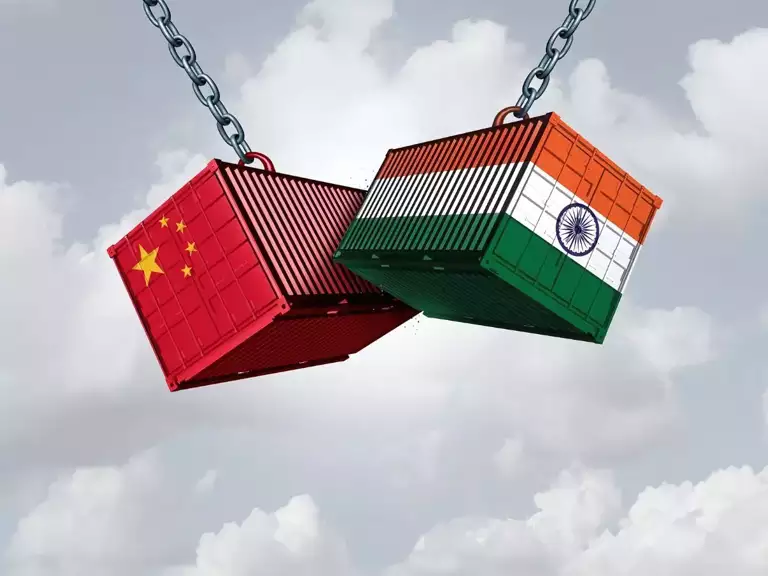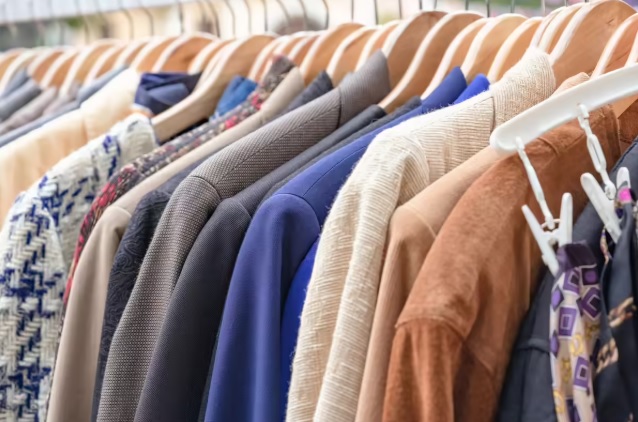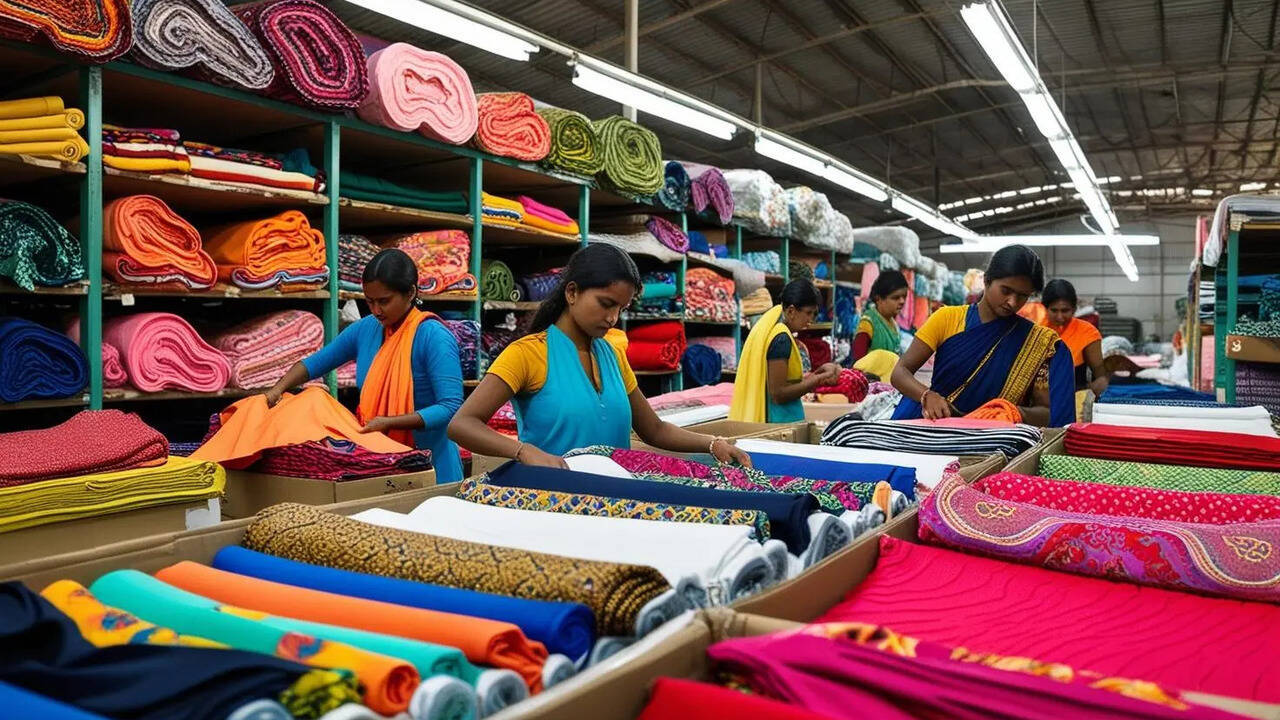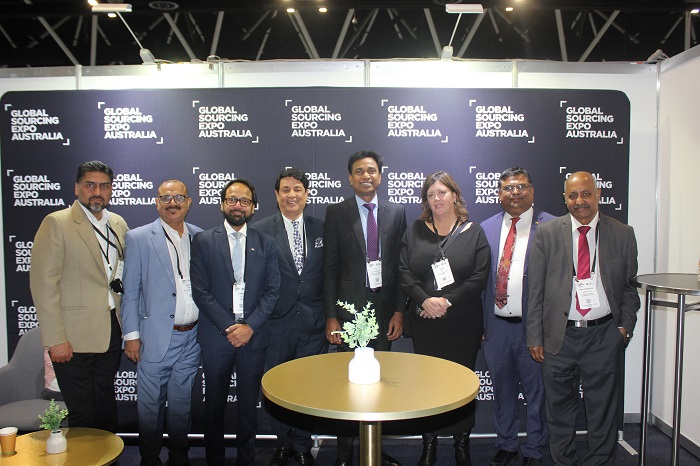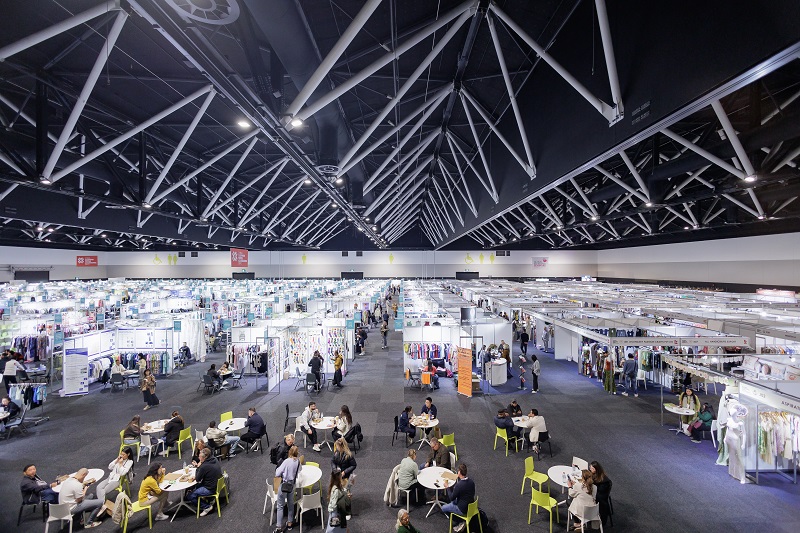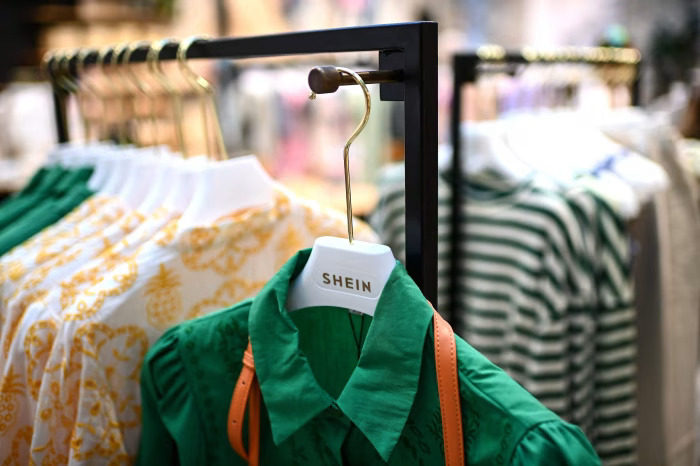After two years of pandemic-driven disruptions, the outlook for Indonesia’s textile and garment industry finally turned positive this year. However, the sector now faces a mix of factors. As per a Nekkei report, lenders’ reluctant to invest in the sector over lingering debt concerns is constraining growth besides increasing the cost of shipping and raw materials.
Boycott of China cotton over human rights issues presents new export opportunities for Asian countries like Indonesia. However, the proposed rules from the European Union forcing fast fashion companies to overhaul clothing designs, threatens growth. Following a contraction to 8.9 per cent in 2020 and 4.1 per cent last year, Indonesia’s textile and garment sector expanded 12.5 per cent Y-o-Y in the first quarter of this year, reveals Statistics Indonesia, as coronavirus lockdowns and shop closures weighed on sales and sent global logistics into disarray.
Besides operating with reduced capacity at factories and complying strict social distancing rules, Indonesian manufacturers have to contend with headwinds, including high shipping and raw material prices, limited access to funding and cheap Chinese imports undercutting local businesses.
Two of the country's largest listed manufacturers have had to ask their lenders to restructure their debt. These included PT Sri Rejeki Isman Tbk, or Sritex, which narrowly escaped bankruptcy in early January when most of its lenders agreed to a court-sanctioned debt restructuring process and producer of clothes for Ralph Lauren, Prada and Adidas, PT Pan Brothers, which needs to repay or refinance $309 million of debt, including a $171 million bond that matured in January, says Fitch Ratings.



